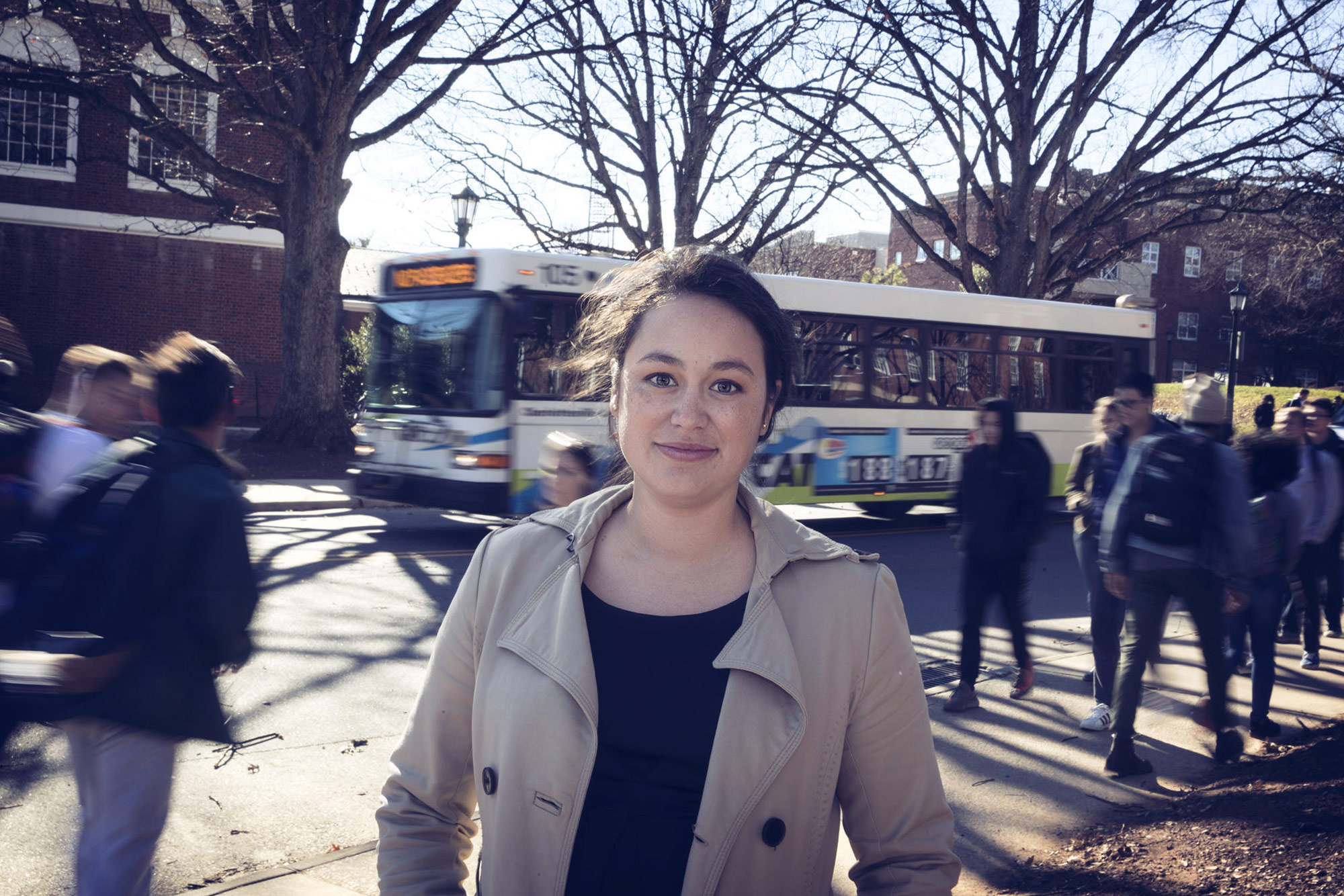As people become accustomed to the communities in which they live, they become increasingly able to adjust and adapt to their location’s transportation patterns. They learn which routes to take to avoid rush hour and come to know which forms of public transportation are most efficient. Most of us can reasonably assume that we can continue to count on these familiar patterns as we plan our work commutes and weekend plans.
But how will these patterns change as we look ahead farther into the future? What will our transportation system look like in 2045? With factors like population increases, advances in technology, greater global demand for U.S. products and climate change, the U.S. Department of Transportation predicts that adjustments to travel as we know it must be made.
The future is optimistic, though, as the DOT’s “Beyond Traffic” approach to transportation foresees a future where cars travel more safely, thanks to driverless technology; air travel becomes less congested; and everyone has equal access to transportation, breaking down one barrier to socioeconomic success.

But meticulous planning and the collaboration of bright minds are needed in order to reach this future. That’s why the top transportation office selected the University of Virginia as one of 18 institutions from throughout the country to be designated as a “Beyond Traffic Innovation Center.” With this designation, UVA – particularly its School of Engineering and Applied Science – will lend its expertise to contribute to research focused on addressing the nation’s biggest transportation challenges.
“UVA has a long history of leadership, in the state and nationally, in transportation research and education,” Brian Smith, chair of UVA’s Department of Civil and Environmental Engineering, said. “This designation ensures that we will continue to play a significant role on the national stage.”
Lindsay Burden, a research assistant professor of civil engineering in the Engineering School and the managing director of UVA’s Center for Transportation Studies, said that devising solutions to future challenges requires forward thinking and careful consideration of how transportation will evolve in years to come.
“We want to figure how we can make the infrastructure we are building now last longer,” Burden said. “A lot of the infrastructure we have now is outdated, and we are experiencing a lot of congestion and traffic. We want to think about how we can make transportation better for the future.”
UVA is well-positioned for this designation as a result of the work researchers at the University are already doing. For instance, the Engineering School currently receives some federal funding to lead the Mid-Atlantic Transportation Sustainability Center, one of 10 regional centers in place to expedite the adoption of sustainable transportation services.
“We are already doing a lot of work related to environmental sustainability, and a lot of our transportation research has to do with new technologies that are going to be very useful in the future, like ridesharing and connected vehicles,” Burden, the center’s managing director, said.
The Engineering School’s Center for Transportation Studies also has a long-standing and unique partnership with the Virginia Department of Transportation, which manages the third-largest network of roads in the country.
“Since we are connected with Washington, D.C. and the metro region, which has a lot of traffic issues, it’s an opportunity to create a test bed for different research ideas,” Burden said.
As a result of the new Beyond Traffic Innovation Center designation, Burden said UVA engineering faculty, researchers and students will be involved in the futuristic approach to transportation design.
“We’re going to be more engaged with the Department of Transportation in bringing together researchers who can help with specific problems,” she said. “We’re going to help engage transportation professionals and teach them things they need to know in order to be prepared for the future of transportation and what it will look like in 30 years.”
The Beyond Traffic plan has five aims: to shape how people move and to ensure it is done more safely; to determine how better to move things, lessening costs for business owners; to investigate how to adapt current infrastructure to meet future needs and prepare for events like weather disasters; and to think about how to appropriately and wisely factor in finances while in pursuit of these goals.
Burden says she hopes UVA can be a major player in ensuring that these goals are met.
“I hope UVA is able to help shape the national discussion of how we’re going to move in the next 30 years as transportation evolves,” she said.
Media Contact
Article Information
January 30, 2017
/content/road-ahead-uva-engineering-tapped-help-plan-future-transportation

